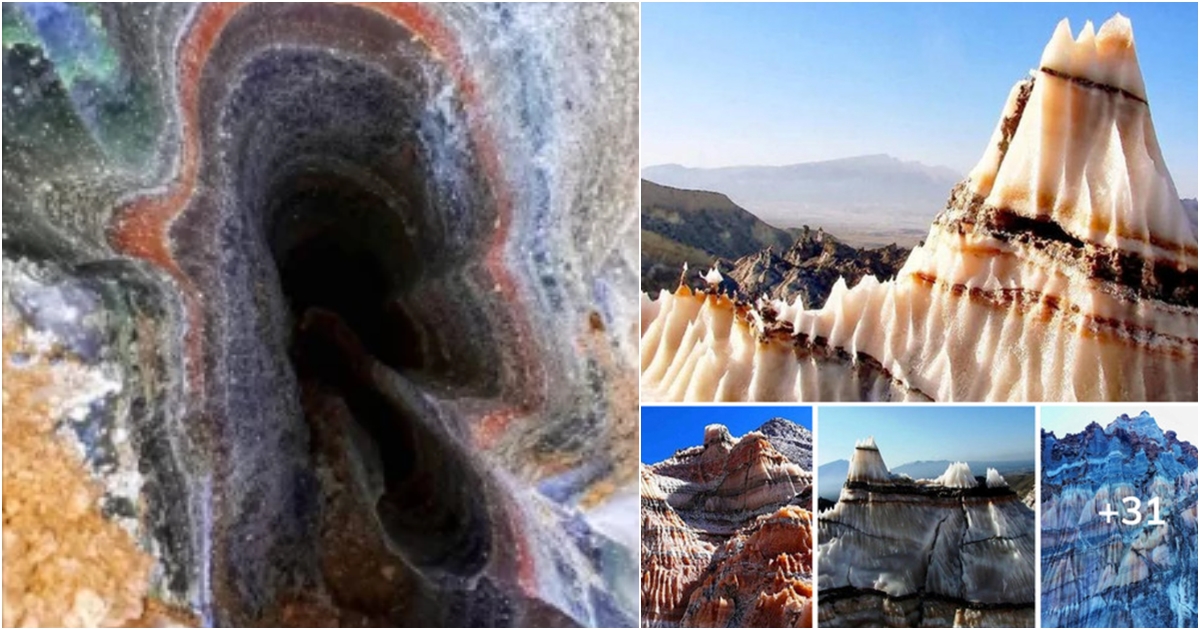Salt domes and salt glaciers create a very unique shape for the Zagros Mountains, Iran
Nature’s Sculptures: The Intricate Salt Domes of Iran’s Zagros Mountains
Millions of years ago, a vast inland sea covered much of present-day Iran and Arabia. As waters receded over time, thick salt deposits were left behind, encrusted beneath layers of sediment. Subject to immense subsurface pressures, these saltmassesmorphedinto extraordinary sculptures – “salt glaciers” and bulbous salt domes that imbue Iran’s Zagros Mountains with a singular geography.
Nowhere else do cumulative salt diapirs emerge so prevalently from the earth. Over 130 massive salt domes punctuate just the southern Zagros region, profoundly warping thefoldstructuresofoneEarth’s most significant mountain ranges. Underground, the world’s longest salt cave stretches over 6.4 km within Namakdan Mountain’s subterranean realms.
Between soaring peaks, valleys hold secrets underfoot. Sinuous salt glaciers flow unseen, while sinkholes and springs betray activities below. Climbing through karst terrain, Earth’s sculpturesare sculpted further by raindrops and frost. Symbolic in their making yet enduring over aeons, these evaporated remnants of an ancient sea shape landscapes and minds alike.
Today, Iran’s unique salt landforms await UNESCO recognition for their geologic rarity. Thoughforcesforgedtheirmysteriousmutations deep underground, their visible impressions leave viewers sensing nature’s unseen workings atop and within a terrain seared by Time. In Iran’s Zagros, salt’s metamorphosis molded majestic mountains and artistic alterations that continue captivating curious eyes.
Hits: 83















